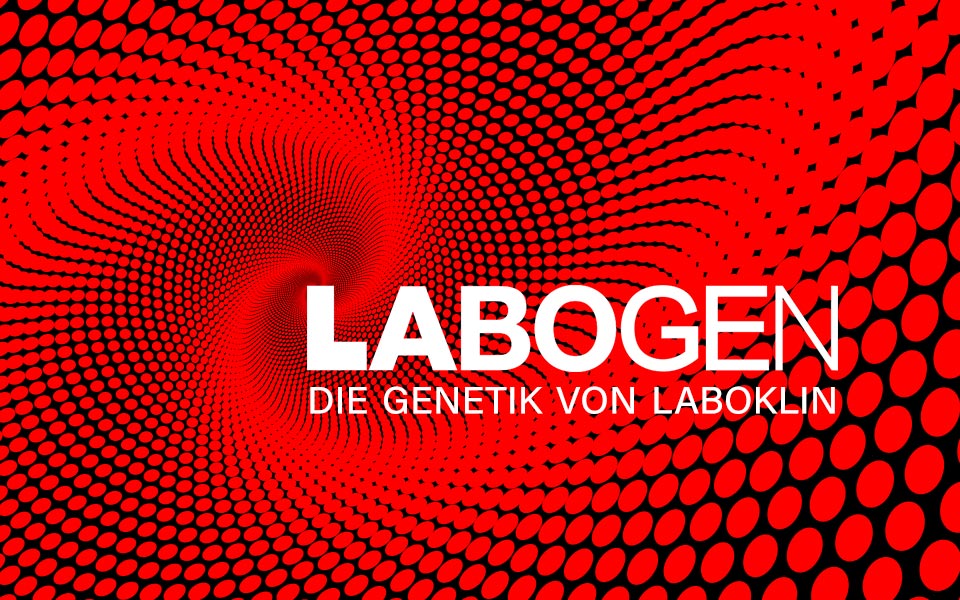Disproportionate dwarfism – Dalmatian, Dogo Argentino, Hungarian Vizsla
Disproportionate dwarfism
General description
A variant of the PRKG2 gene has been found in the breed Dogo Argentino, which leads to disproportionate dwarfism. At the age of 2 months, skeletal abnormalities become visible in affected puppies. Affected dogs have a shorter height and body length. A variant in the PCYT1A gene has been found in the breed Magyar Vizsla, which leads to disproportionate dwarfism (SD3) and is inherited in an autosomal recessive manner. The phenotype is predominantly characterized by a shortening and deformation of the humerus and femur, but other long bones are also altered. A genetic variant of the PRKG2 gene has been associated with chondrodysplasia in Dalmatian dogs, which results in disproportionate shortening of the limbs. Affected dogs also exhibit gait abnormalities and curved front legs.
Breeds
Dalmatian, Dogo Argentino, Hungarian Vizsla
Detailed description
Disproportionate dwarfism - Dogo Argentino
A variant of the PRKG2 gene has been found in the breed Dogo Argentino, which leads to disproportionate dwarfism.
as well as a relatively broad faced head, a slightly upward-faced nose and a pronounced vertical hollow groove between the eyes.>The PRKG2 gene encodes for a protein which has a signalling role in the termination of chondrocyte proliferation and initiation of the differentiation into bone tissue.
At the age of 2 months, skeletal abnormalities become visible in affected puppies. Affected dogs have a shorter height and body length. They show clinical signs like a disproportionally large head as well as forelimb angular aberrations (carpus valgus) that can cause gait abnormalities.
The radiographic examinations indicate an asynchrony of growth between the radius and ulna, causing humeroulnar incongruity. The radiograph shows an insufficient calcification at the growth plate during bone formation.
One case showed signs of hip dysplasia and moderate muscle atrophy at the age of 10 months. Adolescent dogs show short legs and proportionally shorter bodies and necks.
Order details
| Test number | 8753 |
| Sample material | 0.5 ml EDTA blood, 2x cheek swab, 1x special swab (eNAT) |
| Test duration | 7-14 working days |
Test specifications
| Symptom complex | systemic |
| Inheritance | autosomal recessive |
| Age of onset | 2 months |
| Causality | causally |
| Gene | PRKG2 |
| Mutation | C-A |
| Literature | OMIA:001485-9615 |
Disproportionate dwarfism - Magyar Vizsla
A variant in the PCYT1A gene has been found in the breed Magyar Vizsla, which leads to disproportionate dwarfism (SD3) and is inherited in an autosomal recessive manner.
PCYT1A catalyses the biosynthesis of phosphatidylcholines, which is part of the cell membranes but also plays a role in formation of vesicle membranes. These vesicles are important for the mineralization of the endochondral bone tissue.
Affected puppies are not visibly distinguishable from their unaffected littermates at birth, but the differences become more obvious at the age between 3 to 5 weeks. The phenotype is predominantly characterized by a shortening and deformation of the humerus and femur, but other long bones are also altered. Affected puppies develop shorter and more bowed limbs than their littermates and a "knobby" appearance of the carpi. There is marked shortening of the brachium, an abducted elbow position and shortening and bowing of the antebrachium with thickening in the region of the metaphysis.
Affected individuals maintained a wide-based stance in the forelimbs. The hindlimbs were similarly shortened but not as severely shortened as the forelimbs. There is some variability in the severity of symptoms.
Order details
| Test number | 8753 |
| Sample material | 0.5 ml EDTA blood, 2x cheek swab, 1x special swab (eNAT) |
| Test duration | 7-14 working days |
Test specifications
| Symptom complex | systemic |
| Inheritance | autosomal recessive |
| Age of onset | 3-5 months |
| Causality | causally |
| Gene | PCYT1A |
| Mutation | A-G |
| Literature | OMIA:002606-9615 |
Disproportionate dwarfism - Dalmatian
The first cases of documented severe skeletal dysplasia in Dalmatian dogs were noted in the early 1980s, followed by sporadic cases in the following years. Skeletal dysplasias represent a group of inherited diseases causing abnormalities in cartilage and bone, resulting in short stature and dwarfism. In Dalmatians, chondrodysplasia (a subset of skeletal dysplasia) can be found, which primarily affects endochondral ossification (the process by which cartilage is converted into bone) leading to disproportionate limb shortening.
Affected dogs show short legs and clear gait abnormalities, both becoming visible at the age of two to three months. The front legs are curved with an outward-angled elbow joint and an outward rotation of the paw. Radiological examination revealed severe limb deformities, including shortened radii and ulnae as well as tibia and fibula, irregular growth plates and disrupted endochondral ossification. The axial skeleton is shorter in length compared to unaffected dogs.
A genetic variant of the PRKG2 gene has been found to be associated with the disease in the Dalmatian breed. The PRKG2 encoded protein plays a crucial role in endochondral ossification. Extended screening of the variant revealed its continued segregation in the current Dalmatian population.
Order details
| Test number | 8753 |
| Sample material | 0.5 ml EDTA blood, 2x cheek swab, 1x special swab (eNAT) |
| Test duration | 7-14 working days |
Test specifications
| Symptom complex | systemic |
| Inheritance | autosomal recessive |
| Age of onset | 2-3 months |
| Gene | PRKG2 |



